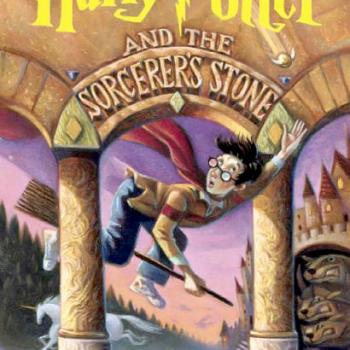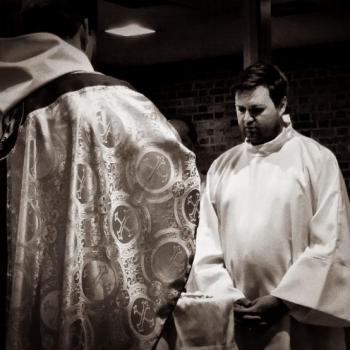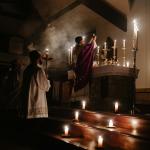The software was developed by an Israeli team and it’s giving new insight into the multiple hands that wrote the scriptures.
The new software analyzes style and word choices to distinguish parts of a single text written by different authors, and when applied to the Bible its algorithm teased out distinct writerly voices in the holy book.
The program, part of a sub-field of artificial intelligence studies known as authorship attribution, has a range of potential applications – from helping law enforcement to developing new computer programs for writers. But the Bible provided a tempting test case for the algorithm’s creators.
For millions of Jews and Christians, it’s a tenet of their faith that God is the author of the core text of the Hebrew Bible – the Torah, also known as the Pentateuch or the Five Books of Moses. But since the advent of modern biblical scholarship, academic researchers have believed the text was written by a number of different authors whose work could be identified by seemingly different ideological agendas and linguistic styles and the different names they used for God.
Today, scholars generally split the text into two main strands. One is believed to have been written by a figure or group known as the “priestly” author, because of apparent connections to the temple priests in Jerusalem. The rest is “non-priestly.” Scholars have meticulously gone over the text to ascertain which parts belong to which strand.
When the new software was run on the Pentateuch, it found the same division, separating the “priestly” and “non-priestly.” It matched up with the traditional academic division at a rate of 90 percent – effectively recreating years of work by multiple scholars in minutes, said Moshe Koppel of Bar Ilan University near Tel Aviv, the computer science professor who headed the research team.
“We have thus been able to largely recapitulate several centuries of painstaking manual labor with our automated method,” the Israeli team announced in a paper presented last week in Portland, Oregon, at the annual conference of the Association for Computational Linguistics. The team includes a computer science doctoral student, Navot Akiva, and a father-son duo: Nachum Dershowitz, a Tel Aviv University computer scientist, and his son, Idan Dershowitz, a Bible scholar at Hebrew University in Jerusalem.
The places in which the program disagreed with accepted scholarship might prove interesting leads for scholars. The first chapter of Genesis, for example, is usually thought to have been written by the “priestly” author, but the software indicated it was not.
Similarly, the book of Isaiah is largely thought to have been written by two distinct authors, with the second author taking over after Chapter 39. The software’s results agreed that the book might have two authors, but suggested the second author’s section actually began six chapters earlier, in Chapter 33.
The differences “have the potential to generate fruitful discussion among scholars,” said Michael Segal of Hebrew University’s Bible Department, who was not involved in the project.
















